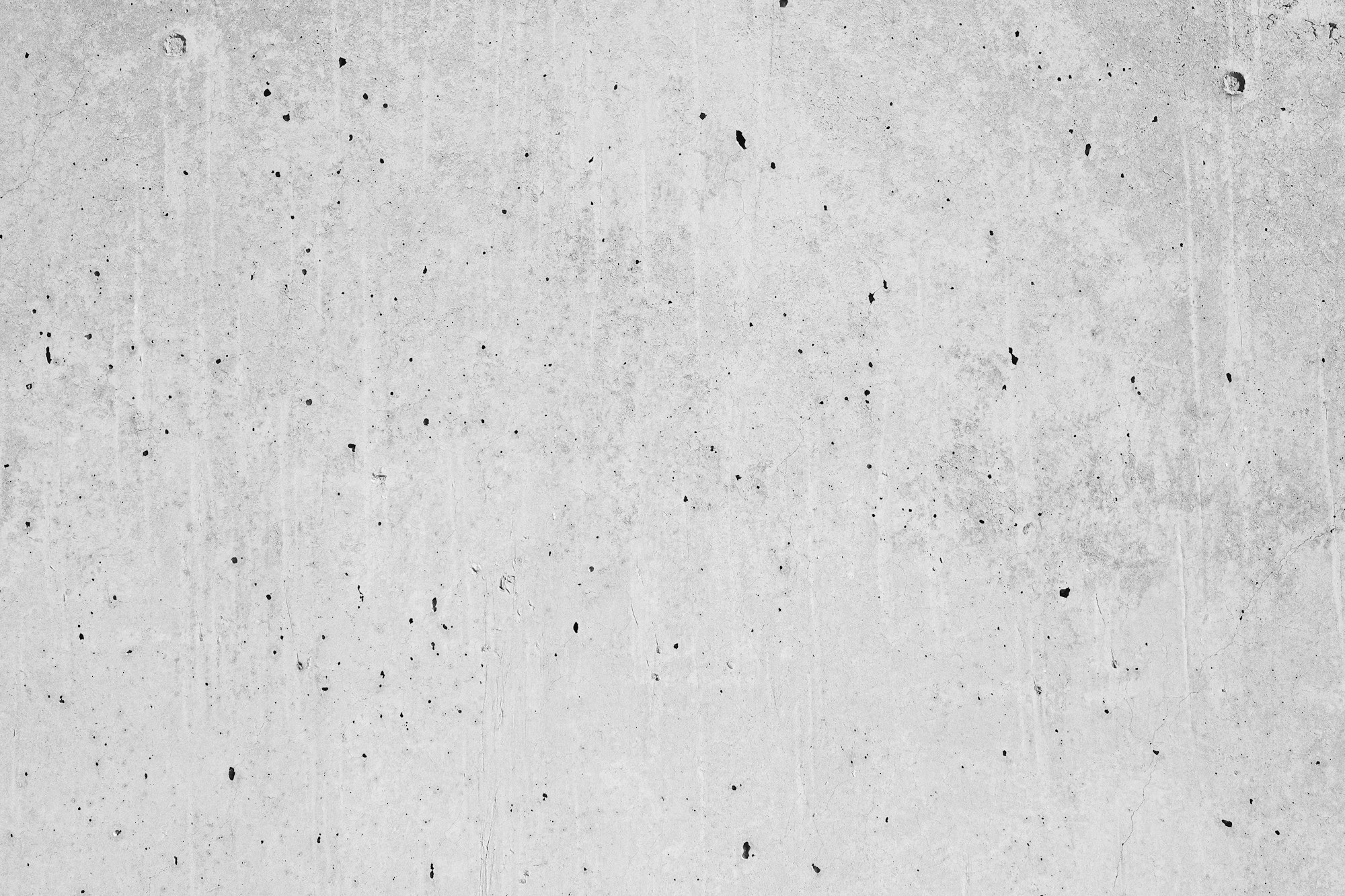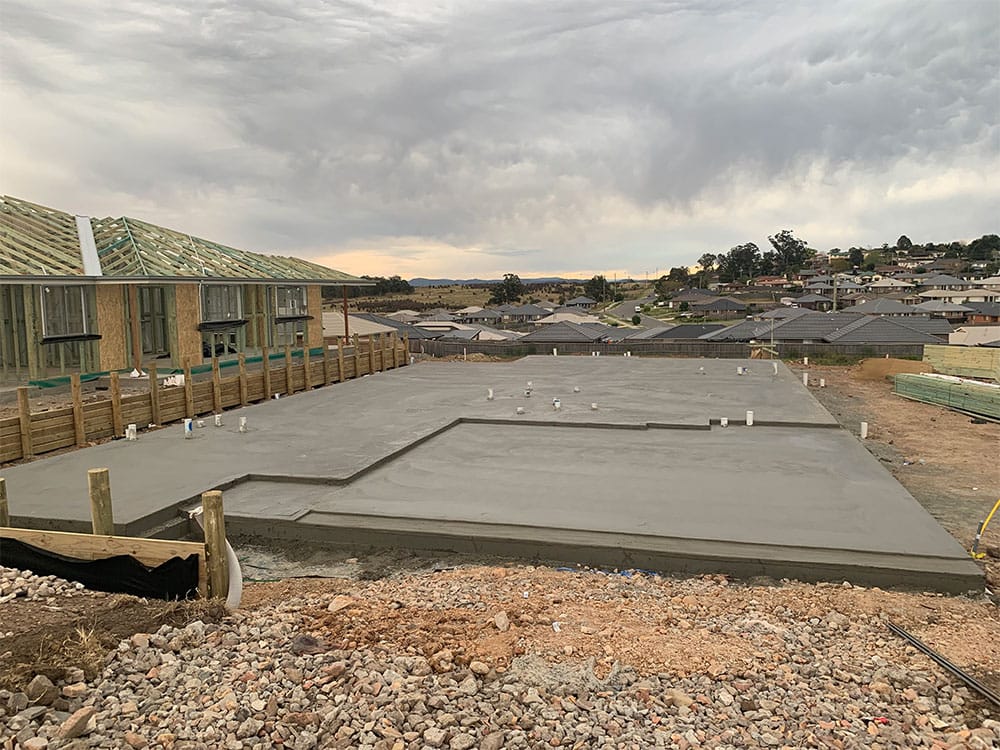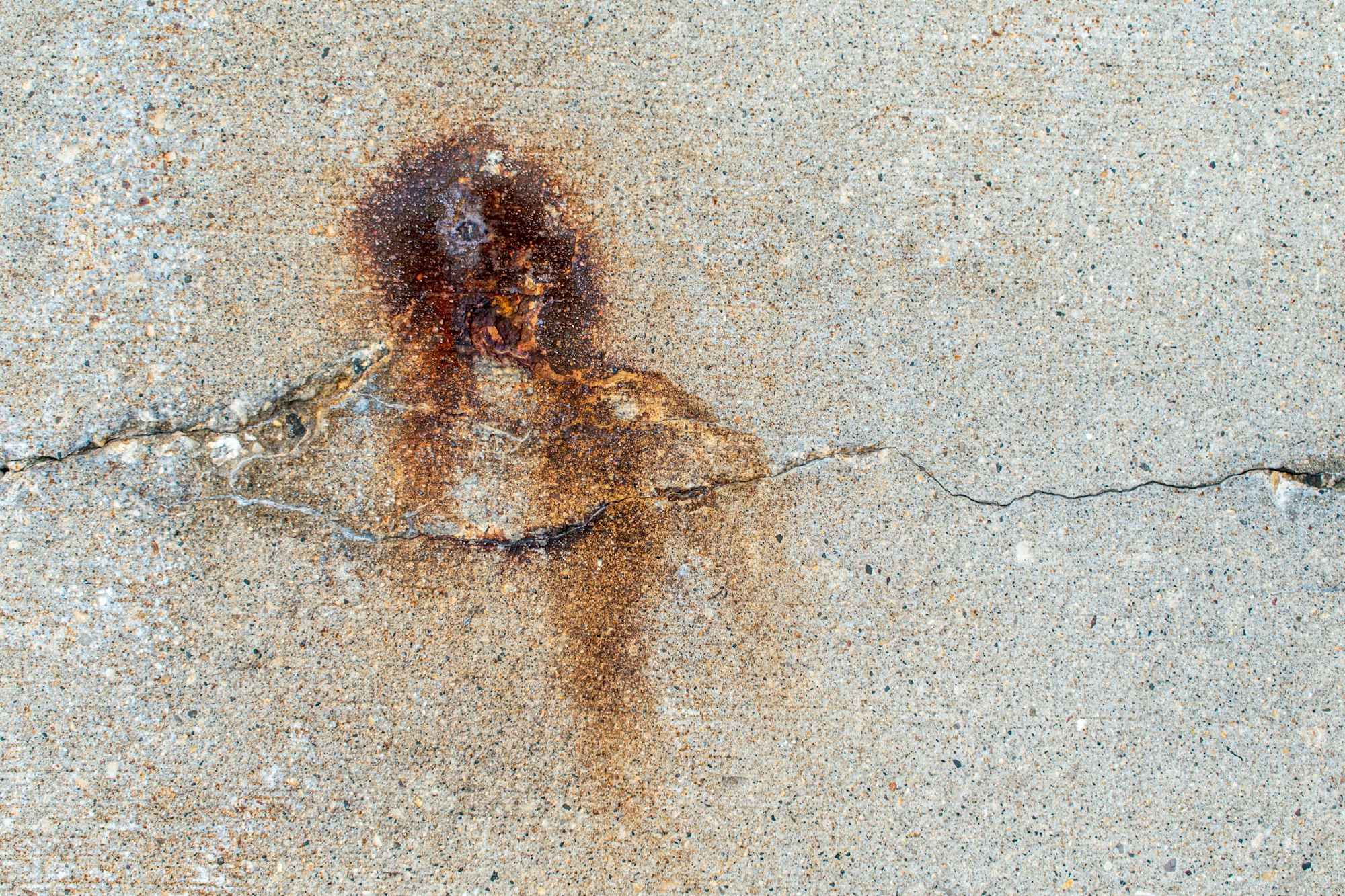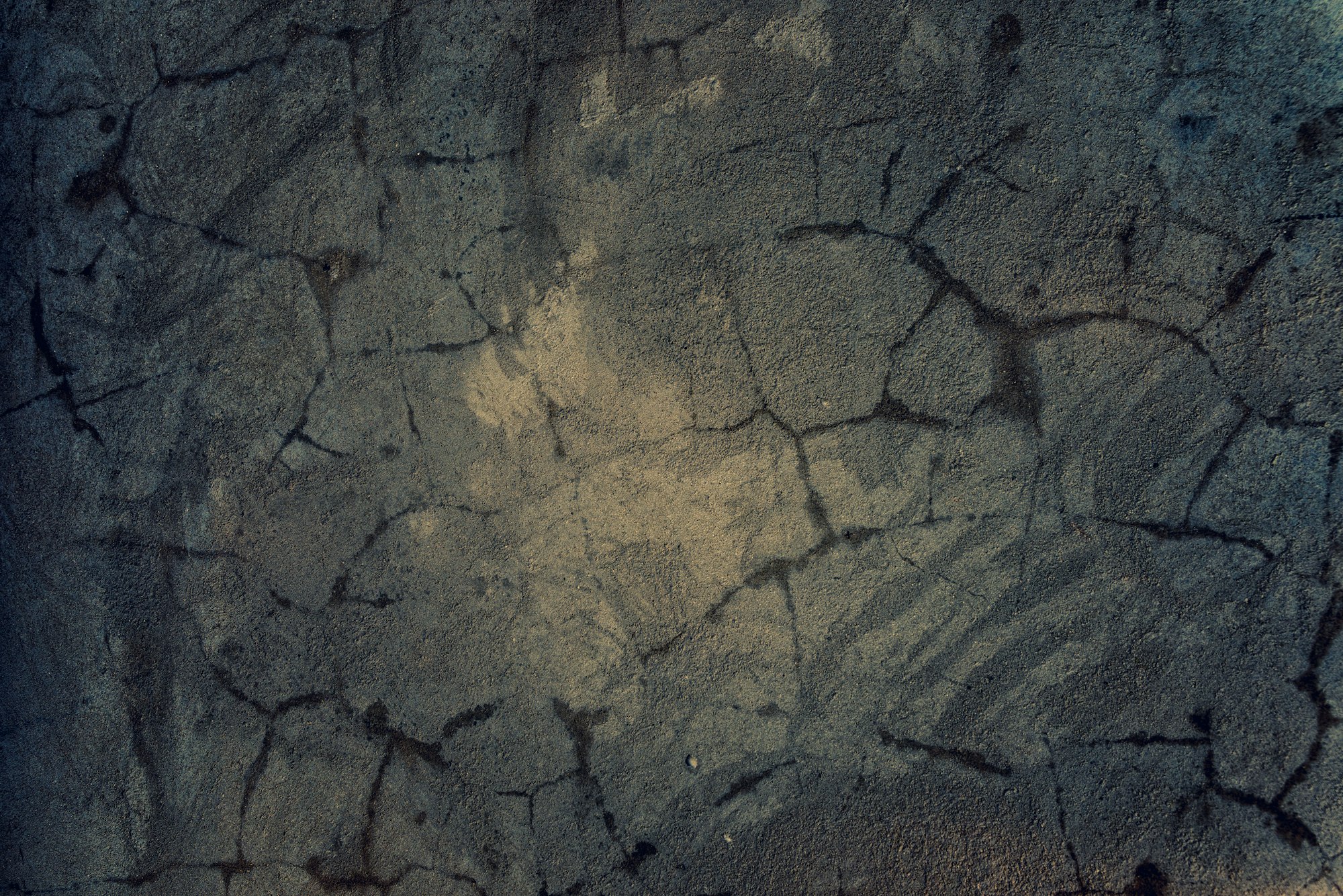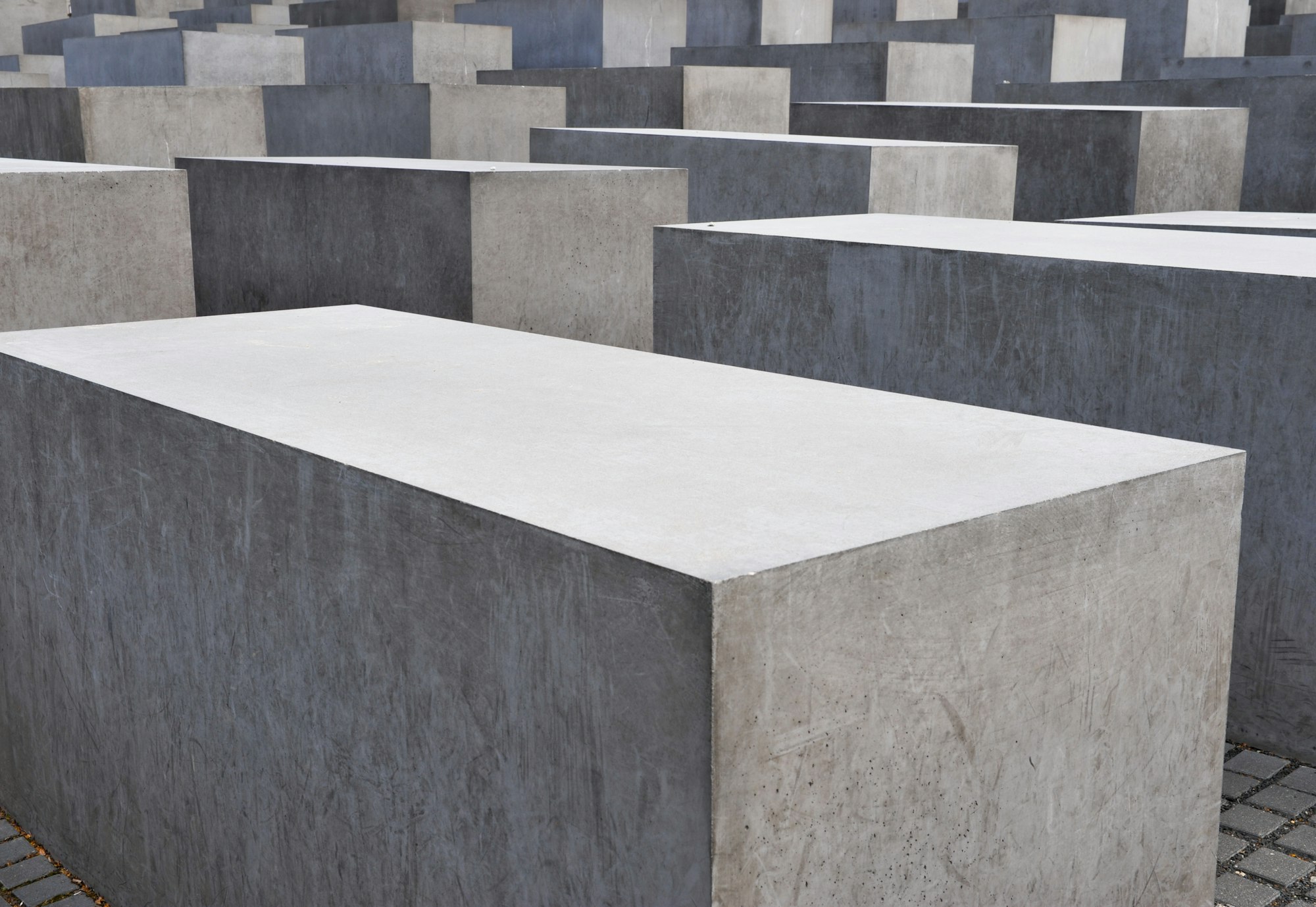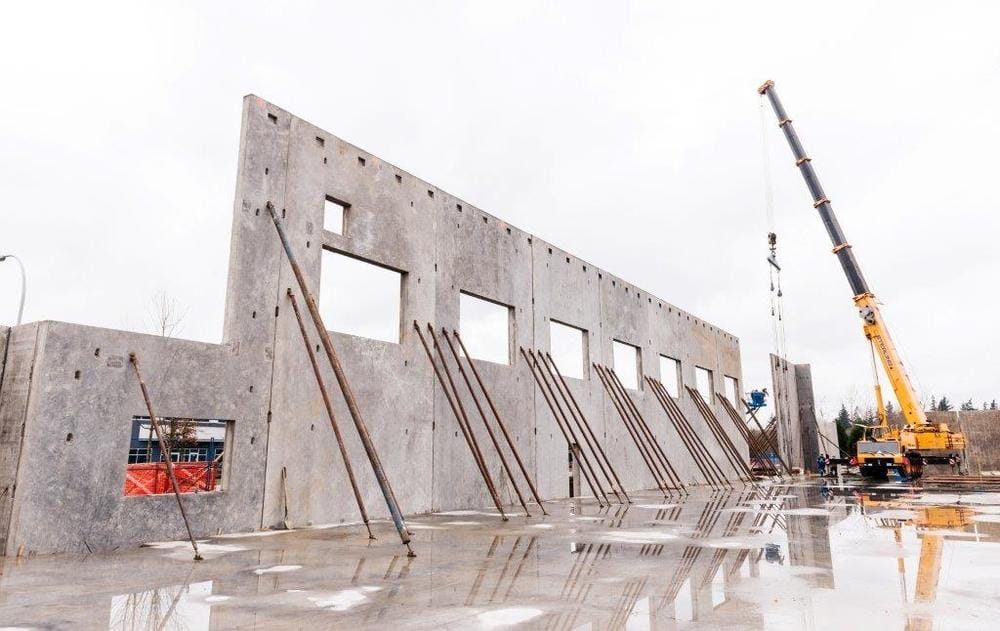Efflorescence is a common issue that home-owners and property managers face with their concrete and brick surfaces. It's frustrating to see the white, powdery substance on your driveways, patios, or walls when you've invested time and money into maintaining them.
But don't worry – we're here to help! In this blog post, we'll share some tips on how to prevent efflorescence from forming in the first place, as well as effective methods for treating it if it does occur. With our expert advice, you can keep your outdoor spaces looking pristine all year round. So let's dive in!
What is Efflorescence?
When it comes to concrete and brick surfaces, efflorescence is a common problem.
But what is efflorescence? Efflorescence is the white powdery substance that can be found on the surface of concrete and brick. It is caused by water seeping through the pores of the concrete or brick and then evaporating, leaving behind the salt deposits. While efflorescence is not harmful, it can be unsightly and difficult to remove.
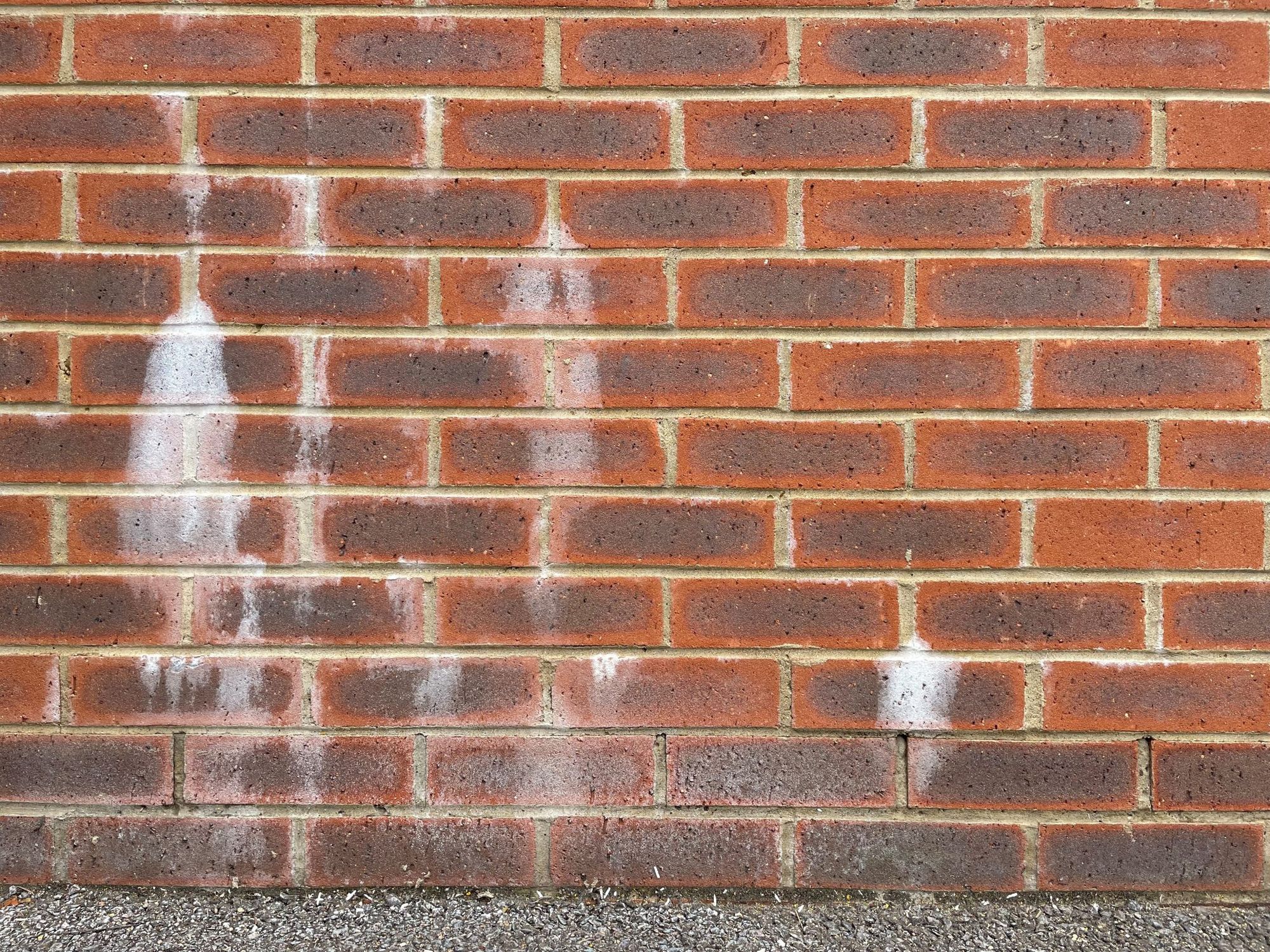
Efflorescence on brickwork (the white powdery substance)
There are a few ways to prevent efflorescence from occurring in the first place. First, make sure that your concrete or brick surface is properly sealed. This will help to prevent water from seeping through the pores and causing efflorescence.
Second, keep your surface clean and free of dirt and debris. This will also help to prevent water from seeping through the pores and causing efflorescence. Finally, if you do have efflorescence on your surface, make sure to clean it off as soon as possible. The longer it sits, the harder it will be to remove.
If you have efflorescence on your concrete or brick surface, there are a few ways to remove it. One way is to use a power washer with a detergent designed for removing efflorescence. Another way is to use a stiff brush and some elbow grease! If you have stubborn efflorescence that just won't budge, you can try using a chemical cleaner
Causes of Efflorescence on Concrete & Brickwork
There are a few different things that can cause efflorescence on concrete and brickwork. One of the most common causes is when water seeps through the pores of the concrete or brick and dissolves minerals in the masonry. As the water evaporates, it leaves behind these mineral deposits, which can then become visible on the surface as efflorescence.
Another common cause of efflorescence is using incompatible materials during construction or repairs. For example, using an alkaline-based mortar to repair damaged bricks can cause efflorescence because the alkaline chemicals in the mortar will react with the minerals in the bricks and create a deposit on the surface.
In some cases, efflorescence can also be caused by environmental factors such as high humidity or pollution.
Prevention of Efflorescence on Concrete & Brickwork
Efflorescence is a common problem with concrete and brick surfaces. It is caused by water seeping through the surface and dissolving minerals in the concrete or brick. The water then evaporates, leaving behind a white powdery substance. Efflorescence can be unsightly and difficult to remove. However, there are some things you can do to prevent it from happening, or to treat it once it has already formed.
To prevent efflorescence, make sure that your concrete or brick surface is properly sealed. This will help to keep water from seeping through and causing efflorescence. If you already have efflorescence on your surface, you can try scrubbing it with a wire brush or power washer. You can also use a chemical cleaner specifically designed to remove efflorescence. Be sure to follow the directions carefully when using any type of cleaner.
Symptoms and Signs of Efflorescence on Concrete & Brickwork
Efflorescence is not harmful to concrete or brickwork, but it can be unsightly. In severe cases, efflorescence can cause the surface of the concrete or brickwork to flake and crumble. If you have efflorescence on your concrete or brick surfaces, you should remove it as soon as possible to prevent further damage.
There are a number of products available for treating efflorescence, but in most cases, a simple solution of vinegar and water will suffice. To remove efflorescence, simply wet the affected area with the vinegar solution and scrub with a stiff brush. Once the efflorescence has been removed, rinse the area with clean water and allow it to dry completely.
Treatment for Removing Efflorescence from Concrete & Brickwork
Efflorescence can be unsightly and difficult to remove, but there are a few treatment options available. One method is to brush the affected area with a stiff bristled brush to remove any loose efflorescence. Another option is to use a chemical cleaner specifically designed to remove efflorescence.
These cleaners are typically applied with a pump sprayer and left on for 10-15 minutes before being rinsed off. For stubborn efflorescence, you may need to repeat this process multiple times.
Here is an example of an efflorescence cleaner - buy now on Amazon
Once the efflorescence has been removed, it’s important to take steps to prevent it from returning. First, make sure that any cracks or holes in the concrete or brickwork are sealed to keep water from seeping through. You should also apply a waterproofing sealer to the surface to help repel water. By taking these preventive measures, you can help keep your concrete and brick surfaces free of efflorescence for years to come!
Alternatives to Traditional Methods for Removing Efflorescence from Concrete & Brickwork
Efflorescence is a common problem on concrete and brick surfaces. While there are many traditional methods for removing it, there are also some alternatives that you may want to consider.
One alternative is to use a power washer. This can be an effective way to remove efflorescence, but it can also damage your concrete or brick if not used correctly. Another alternative is to use a chemical stripper. This can be effective, but you need to be careful when using it and make sure you follow the directions carefully.
If you have efflorescence on your concrete or brick, you should try one of these alternatives to traditional methods for removing it.
Conclusion
Efflorescence can be a frustrating problem to deal with, but luckily there are ways to prevent and treat it. With proper maintenance and cleaning of your concrete or brick surfaces, you can keep efflorescence from appearing in the first place.
However if you do find yourself dealing with efflorescence, there are several treatments that you can use depending on the severity of the issue. No matter what treatment option you choose, make sure that it is safe for both people and pets before using it on your home’s exterior.
